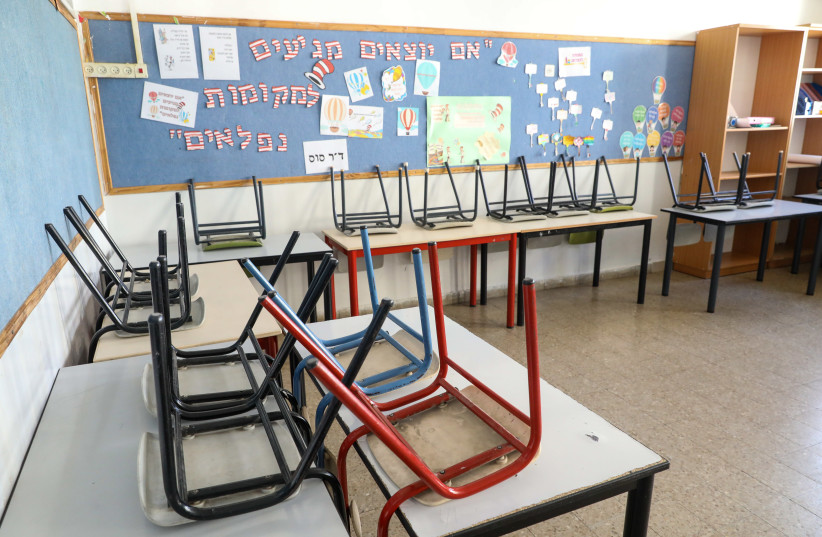Sexism almost literally drips from the pages of this account of how American Jews tried to educate their children in the 19th century. Equally as bad, the Judaism the children consumed was an unfulfilling gruel. It’s not a pretty picture.
“In [mid-19th century] American Jewish Sunday schools, the Bible was typically taught in English instead of Hebrew,” writes author Laura Yares. “Its rabbinic commentaries were absent from the curriculum as was the Talmud.
“But what most set it apart from Jewish education in Europe were the teachers. Instead of rabbis, the educators “were ‘good-hearted young women’ [in the words of a Jewish educator of that era] who brought vivacious spirit but little Jewish educational training to the task of teaching their young charges.”
It was hoped that these schools – often modeled on the pioneering Jewish Sunday school started by Rebecca Gratz in 1838 Philadelphia – provided Jewish children with enough knowledge to fend off missionaries trying to lure them to Christian Sunday schools.
Students learned the elementary principles of Judaism, prayers in English, and rituals for celebrating the holidays at home. The children were taught that the basic tenets of religions, including Judaism, were “faith, hope, and charity.”

The sexism persisting in Jewish Sunday schools
While most Sunday school teachers, especially for lower grades, were women, most administrators of congregational Sunday schools were men, adhering to the trend of “a broader exclusion of women from positions of governance within philanthropy in the years following the Civil War,” Yares notes.
Women taught the lower grades, but when education became more serious – as children studied for their confirmations – rabbis took over in the classrooms.
Jewish women have been scapegoated for the failures of American Jewish education in the early and middle parts of the 19th century, the author contends. Yes, she writes, women initially volunteered to teach in Sunday schools, but they didn’t choose the curriculum, textbooks, and subjects to be taught. Men did.
Move ahead to the end of the 19th century, and Jewish education changes course. The new science of psychology seemed to show that children were “credulous in matters of religion.” This idea was very appealing to American Jewish leaders at the turn of the 20th century because it appeared “to offer an antidote to the disaffection for Jewish life that they observed among their congregants.”
It also supported the Jewish community’s contention that, as with Protestantism, being Jewish did not conflict with living an American lifestyle.
While earlier in the 1800s, women were qualified to be Jewish educators, as the century wore on Reform educators believed that with a knowledge of psychology growing in importance for the role – and since that was an intellectual undertaking – men were deemed more suitable as teachers.
Those same Reform leaders believed that Jewish education should foster “religious feeling” in youngsters. They thought, Yares writes, that “religion was primarily about cultivating personal character and affective sensibilities rather than the acquisition of divisive dogma.”
So, whether the teachers were men or women, the lessons they provided could only be described as Judaism ultra-lite, devoid of “peoplehood, ethnicity, culture, language, and law” – or, to put it another way, of substance.
This book goes far beyond discussing Jewish Sunday schools in 19th-century America – it is a treatise on American Jewish life and women during that period – and its breadth makes it very attractive.
But its strength is also its downfall. It comes from academia and, as is the case with many similar works, Yares seems to have written it for her colleagues.
While the book demonstrates much research by the author, it also shows an inability to make it appealing to ordinary people. The sentences are uniformly long, packed with too much information, and difficult to follow.
In short, it’s a tough read.
The writer’s memoir, Figs and Alligators: An American Immigrant’s Life in Israel in the 1970s and 1980s (Chickadee Prince Books), is available online and at bookstores.
- Jewish Sunday Schools
- By Laura Yares
- New York University Press
- 272 pages; $39.
